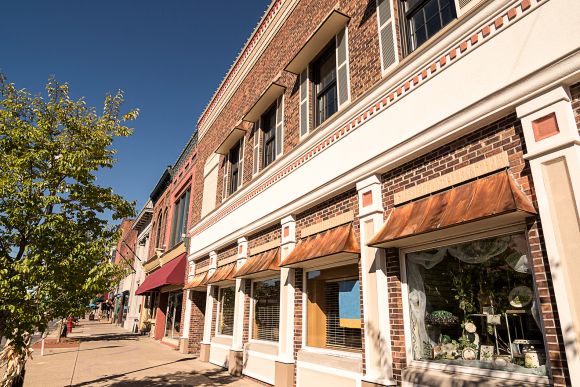By Bill R. Shelton, CEcD
With over 80 percent of the United States’ 294 million people living in the nation’s sprawling metropolitan areas, viable sites for retail development are at a premium.
As land prices rise and competition for real estate escalates, municipalities are taking a look at former sites of commercial and industrial facilities, known as brownfields.
Environmental agencies generally define brownfields as abandoned or unused properties where expansion or redevelopment may be complicated by environmental problems. Brownfields, as opposed to greenfields, are generally located closer to city centers. It is estimated that there are over 450,000 brownfield sites nationwide. They are located in every city and state and can even be found in rural areas. The reason this land is abandoned or unused is often due to contamination from former land owners. Industries that often create brownfields include:
- Railroads
- Gas stations
- Oil refineries
- Dry cleaners
- Liquid/chemical storage facilities
- Steel and manufacturing plants
Brownfield Issues
The environmental problems of brownfields range from minor to immense. Brownfield sites include buildings that have gone unused because of asbestos, lead paint, underground storage tanks, or other hazardous waste. Properties posing significant environmental health risks and high levels of contamination are termed “superfund sites.” Only a small percentage of all contaminated sites – approximately 13,000 – are designated superfund sites.
Historically, municipalities, real estate developers, lending institutions, and investors have been cautious when dealing with brownfield redevelopment. Often cited factors for staying away from brownfields are liability and remediation costs. Many of these entities, however, are becoming more tolerant as any past, future, or present owners of approved sites are released from civil liability.
Brownfield Bonuses
Despite their downsides, brownfield sites often provide bonuses not found with greenfield sites. Brownfields are often located in industrial areas and have abundant or underused infrastructure. Highways and major transportation arteries, rail, sewer, water, gas, and electric grids are often in place.
The redevelopment of brownfield sites provides many benefits to communities as well.
Some of the benefits include:
- Reclaimed sites for retail, commercial, and industrial development
- New employment opportunities
- Increased property values and taxes
- Decreased vacancy rates
- Halting neighborhood deterioration
Incentives and Liability Relief
Eager to encourage private sector involvement to turn brownfields into tax-generating properties, cities and states are offering tax and financial incentives and other assistance including incentives from federal sources. These incentives are designed to close the gaps associated with the higher cost of remediation and redevelopment.
One of the main concerns involving brownfield redevelopment is legal liability. In an effort to encourage redevelopment and minimize the liability risk, new laws at both the federal and state level have been enacted. These liability relief laws are for bona fide purchasers who plan to redevelop the property and remove the blight from the community.
South Fayette Township, PA, a township 14 miles southwest of Pittsburgh with approximately 14,000 residents, is an example of community that is experiencing the redevelopment of a brownfield site from a former chemical plant. Developer EQA Landmark Communities is developing The Gateway Shops in the 450 million dollar Newbury Market that will include 1.2 million square feet of mixed-use commercial space, a hotel, two office buildings, a dozen large stores, 15 smaller shops, 10 restaurants, and 225 single-family homes. The developer has partnered with Buxton to provide retail matches for the project.
Communities such as South Fayette are finding that redevelopment of brownfield sites is a worthy endeavor, not only from the environmental standpoint, but also from an economic value standpoint and a social aspect when the blighted and decayed properties are removed.


